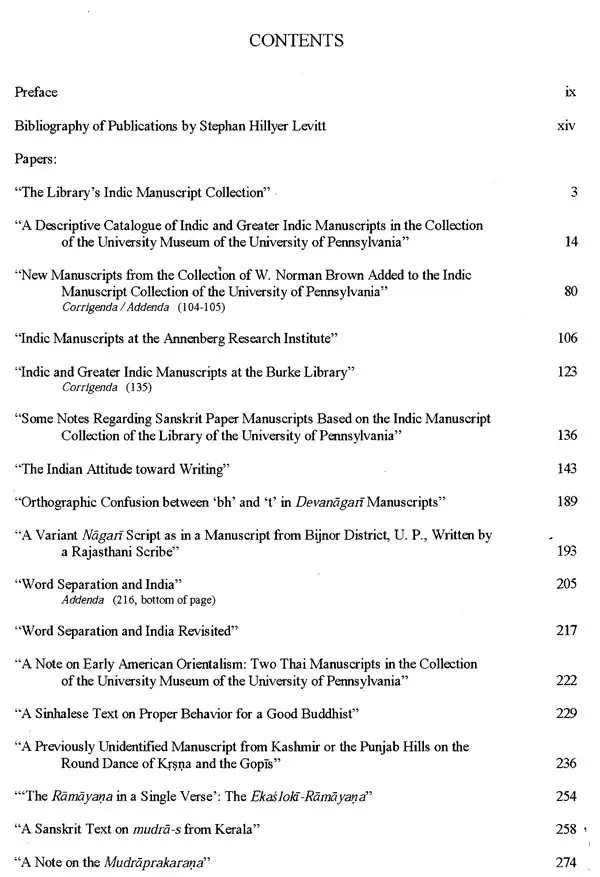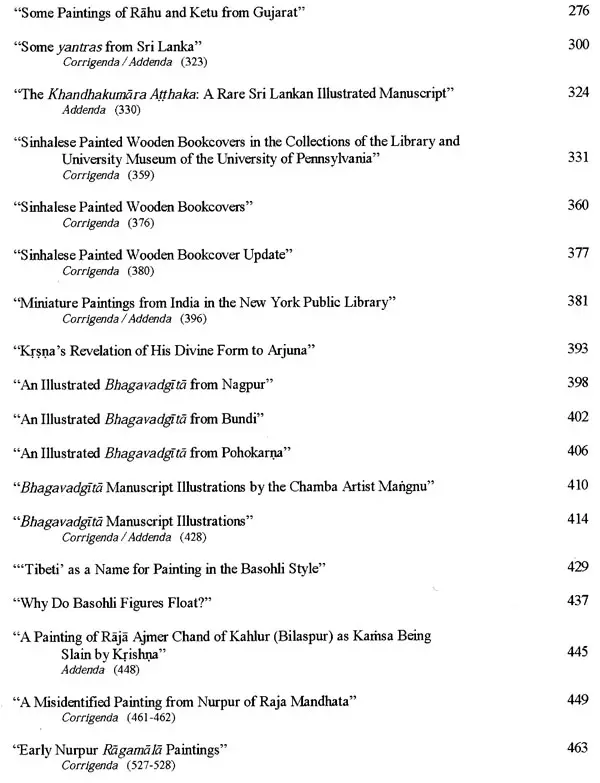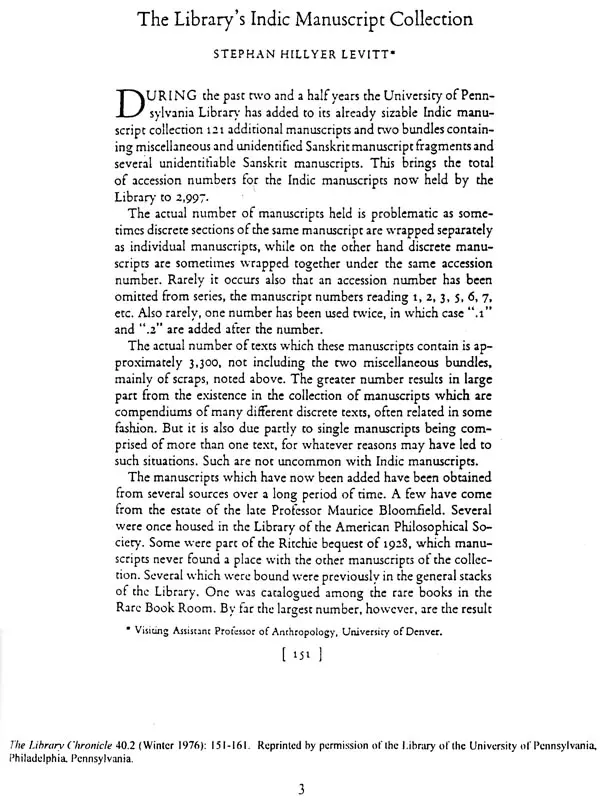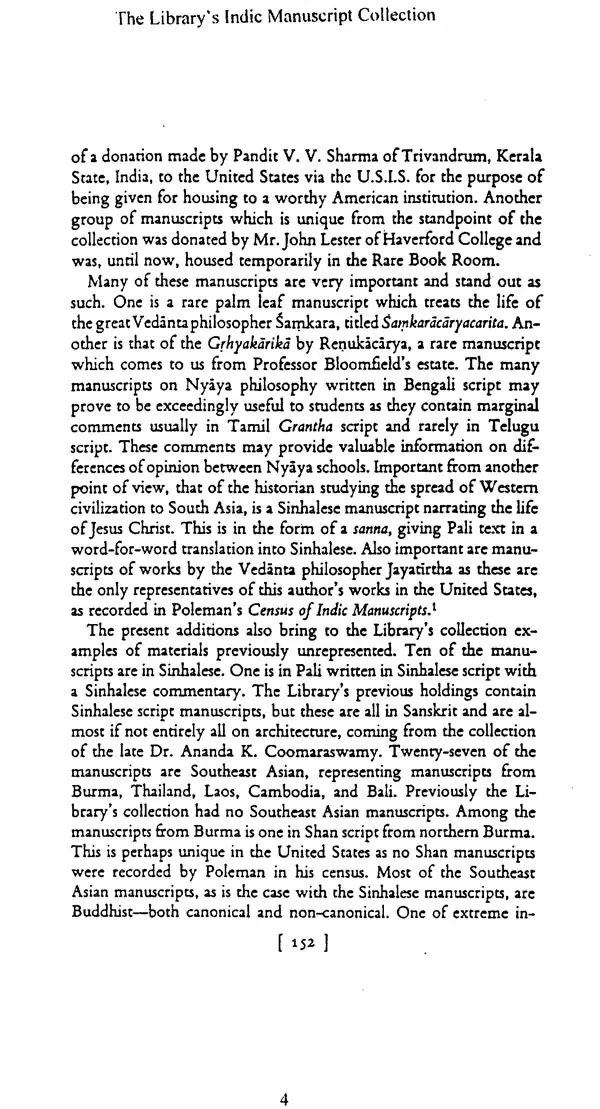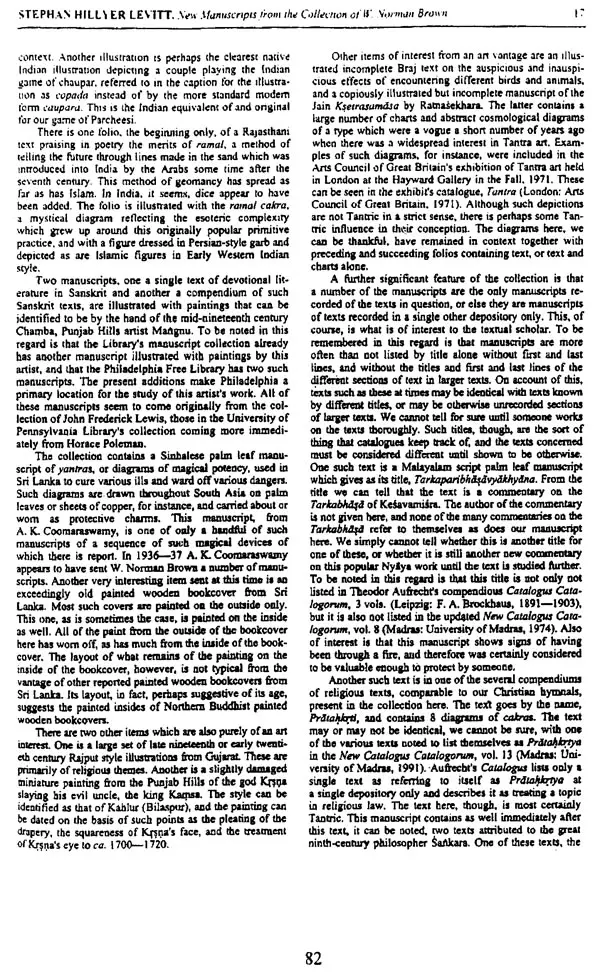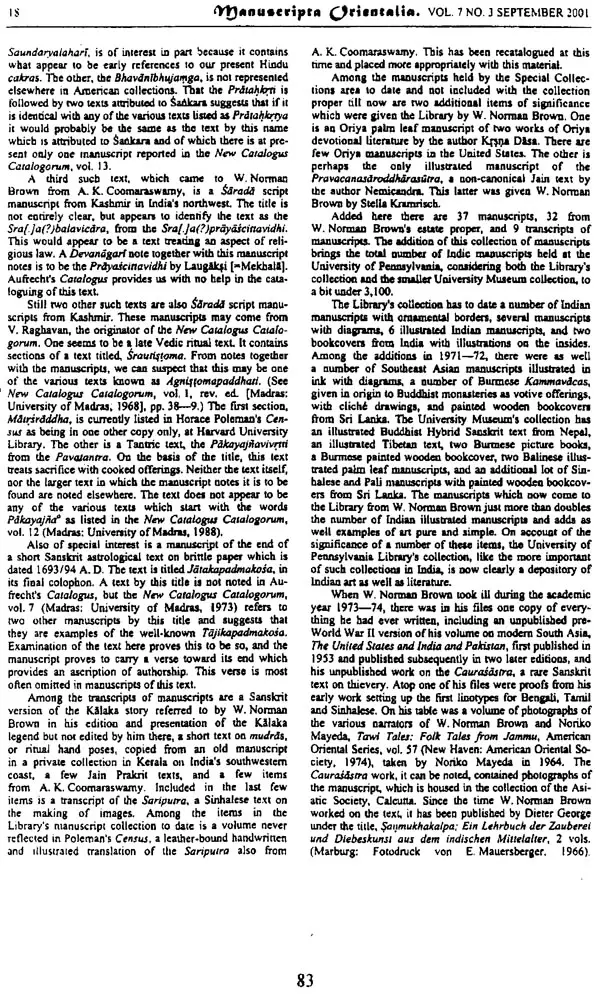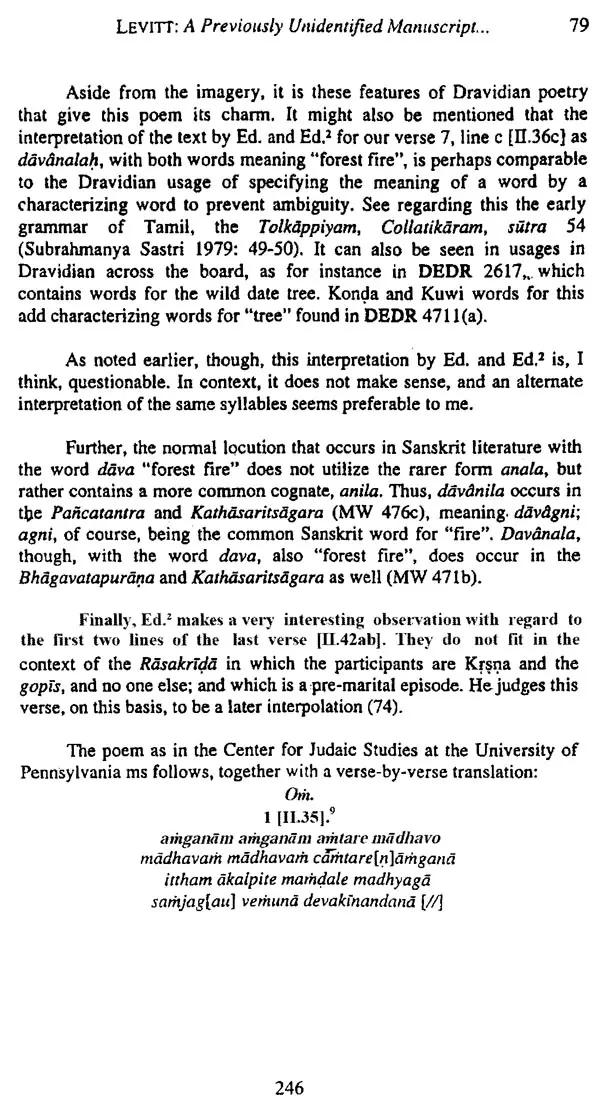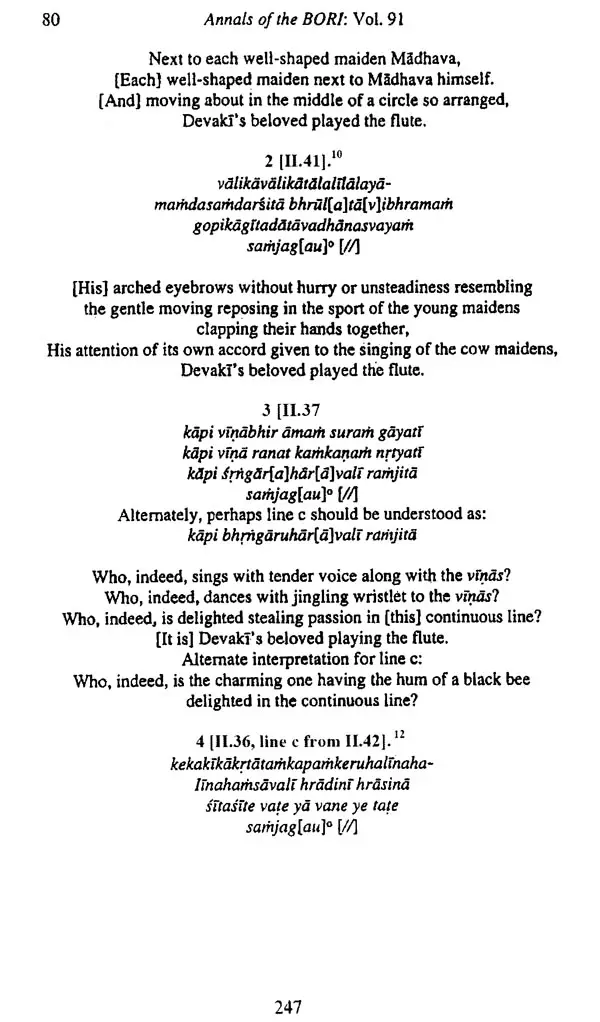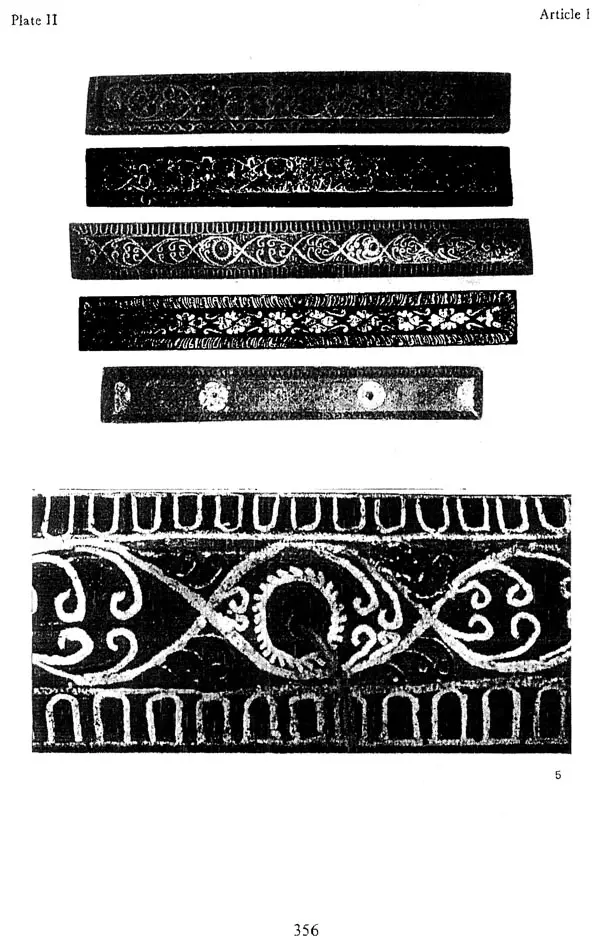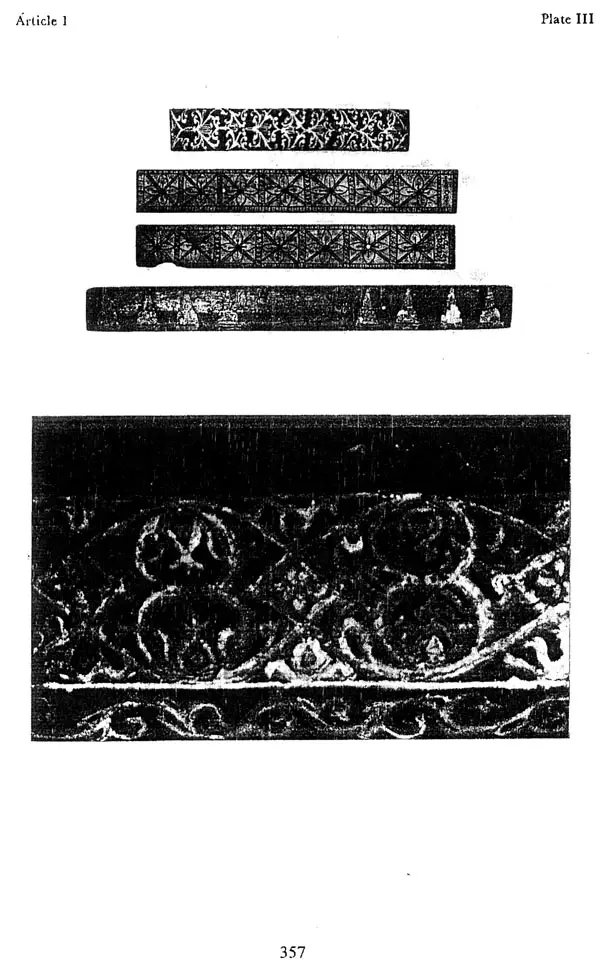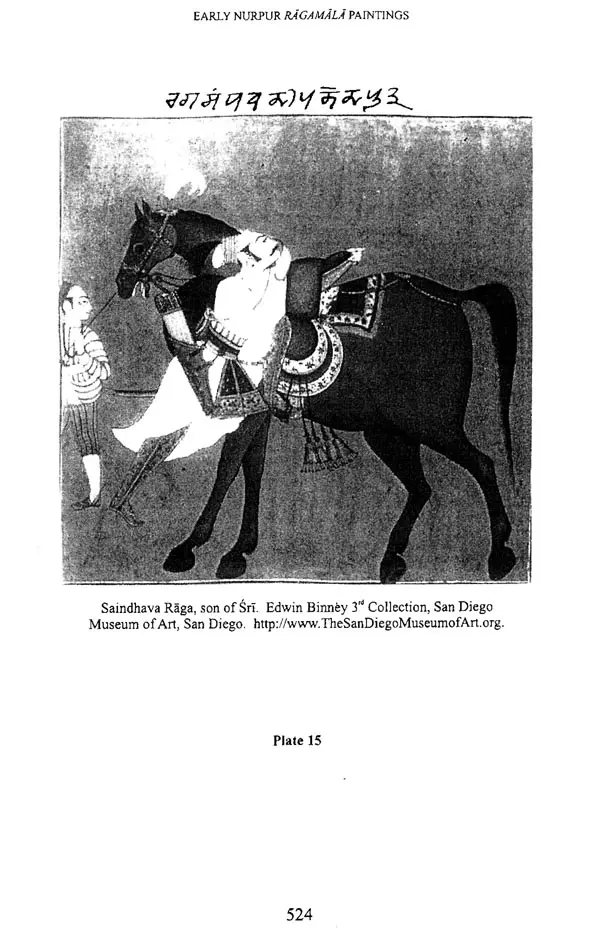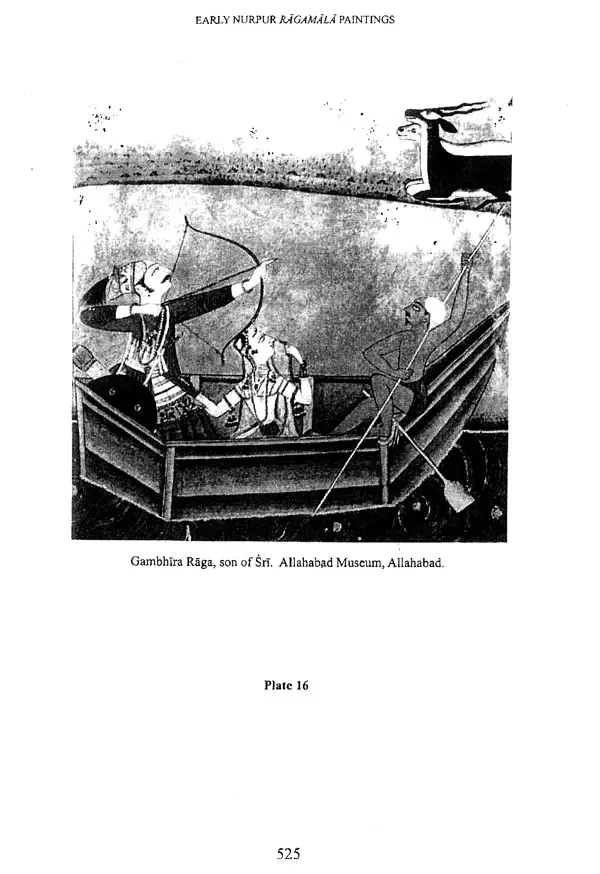
Manuscriptology and Epigraphy of Greater India and South Asian Art Collected Papers
Book Specification
| Item Code: | UAC899 |
| Author: | Stephan Hillyer Levitt |
| Publisher: | MOTILAL BANARSIDASS DELHI |
| Language: | English |
| Edition: | 2022 |
| ISBN: | 9788195055364 |
| Pages: | 527 (Throughout B/W Illustrations) |
| Cover: | HARDCOVER |
| Other Details | 9.50 X 6.50 inch |
| Weight | 970 gm |
Book Description
The translation of the text on mudras that was printed in The Adyar Library Bulletion was not Author's, but rater was done by one of the Prof. K. Kujunni Raja's students. He pointed out that in a few places the text as copied from an original palm leaf manuscript by L.A. Ravi Varma. Within the Upanisads themselves the word occurs in several verses, such as in Chandogya Upanisad 1.13.4, with a meaning that has been translated variously as 'secret doctrine' `mystic meaning', or 'hidden connections'. M. Monier-Williams, in his Sanskrit-English Dictionary, translates the word in such locations as "esoteric doctrine, secret doctrine, mysterious or mystical meaning, words of mystery, etc.
Publication of the book, though, was held up on account of a last minute objection to the PDF that I had submitted in late 2017. This preface, I ought note, was originally penned in August 2016, and was updated. Several times since.
Thanks are due to Dr. Wachaspati Pandey and the secretaries at Motilal Banarsidass Publishers Pvt. Ltd. [MLBD], and especially to Mr. Rajeev Jain and to Poonam for their efforts in bringing the publication of this book to fruition in the form in which it now appears.
It is difficult to compartmentalize into separate disciplines different aspects of Indology. Disparate academic disciplines are often involved in the treatment of specific topics, as can be seen in the various papers in this volume. See, for instance, the paper on "Indic Manuscripts at the Annenberg Research Institute", or on "A Previously Unidentified Manuscript from Kashmir or the Punjab Hills on the Round Dance of Krsna and the Gopis", both in this volume.
Also, for instance, see my papers on chess and on the cakras which do not appear in this volume, but which hopefully will appear in a volume of Indological Studies: Selected Papers. In the first of these latter papers, I utilized reproductions of handcrafted Indian chess pieces, one perhaps an Arabic replica reputed to have been given to the late 8th-early 9th century European emperor Charlemagne and based on a 5th-6th century Vakataka original, it seems; and a reproduction of a miniature Indian painting of a king and his consort playing caupar, a four-handed game like Indian chess, here being played by two people, which painting appears in an Old Gujarati manuscript in the collection of the Library of the University of Pennsylvania (W. Norman Brown Collection). The implications of this latter point were discussed in this paper. In the paper on cakras I reproduced, as examples, line drawings of cakras from a manuscript of the Pratahkrtya, perhaps the Pratahkrtya of Sankaracarya (New Catalogus Catalogorum, vol. 13 [1991]), in a compendium of what are primarily texts of religious praise in the collection of the Library of the University of Pennsylvania (W. Norman Brown Collection).
In my work on the Patityagramanirnaya and on the uttarardha of the Sahyddrikhanda, in which the Patityagramanirnaya appears, manuscript work with Sanskrit manuscripts in various South Asian scripts had to be done, and bibliographical and anthropological points had to be brought to bear on this. My papers on the Patityagramanirnaya and on the uttarardha of the Sahyddrikhanda, some of which contain the results of detailed manuscript research, will also appear in a volume of Indological Studies: Selected Papers, which hopefully will follow.
Here, I reproduce the manuscript cataloguing efforts of mine other than the large A Descriptive Catalog of Indic Manuscripts in the Library of the University of Pennsylvania (with others), published in 1977 on microfiche in two versions, one with the first and last folios of each manuscript, by the Institute for the Advanced Study of World Religions, which cataloging was done in 1971-72. I might note that the version with first and last folios included was done as a concession to me as IASWR didn't want me to spend the time to do first and last lines.
Book's Contents and Sample Pages
